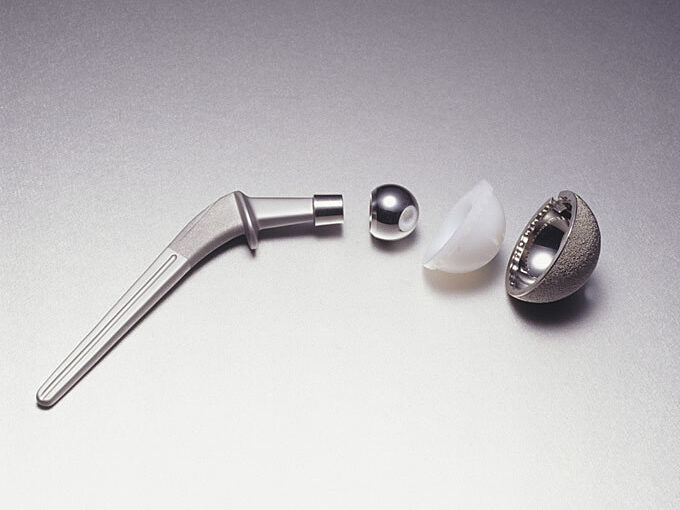Lucideon Expertise Helps with Additive Manufacturing HIP Issues
We helped our client with discoloration issues after hot isostatic pressing.

The challenge
A company producing Ti 6 Al-4V ELI medical implant components using additive manufacturing came to Lucideon for evaluation of discoloured surfaces on their finished parts. The discoloration became visible after post-AM hot isostatic pressing (HIP). HIP is used to sinter residual powder particles left on surfaces during AM and to close internal porosity in AM components.
Problems that can occur during HIP include:
- Pressure vessel leaks, which can introduce oxygen and nitrogen and detrimentally affect titanium alloys
- Contamination due to batch processing of dissimilar parts
- Surface contamination due to improper HIP processing
What we delivered
Thanks to our analysis expertise, we were able to:
- Identify the chemical nature of the discolored areas
- Identify microstructural variation present in the component at affected surfaces, caused by chemical contamination during HIP
- Make recommendations regarding correct HIP processing
Value to the client
Based on the analysis performed the contamination source could be identified and eliminated from processing. This allowed our client to avoid expensive scrap costs on finished parts in the future.
The client was also introduced to materials analysis expertise available at Lucideon. Post processing of AM components can affect surface chemistry and material microstructure. Materials analysis, including advanced surface analysis techniques, scanning electron microscopy (SEM) and microstructural analysis, provides critical information for troubleshooting manufacturing problems.
